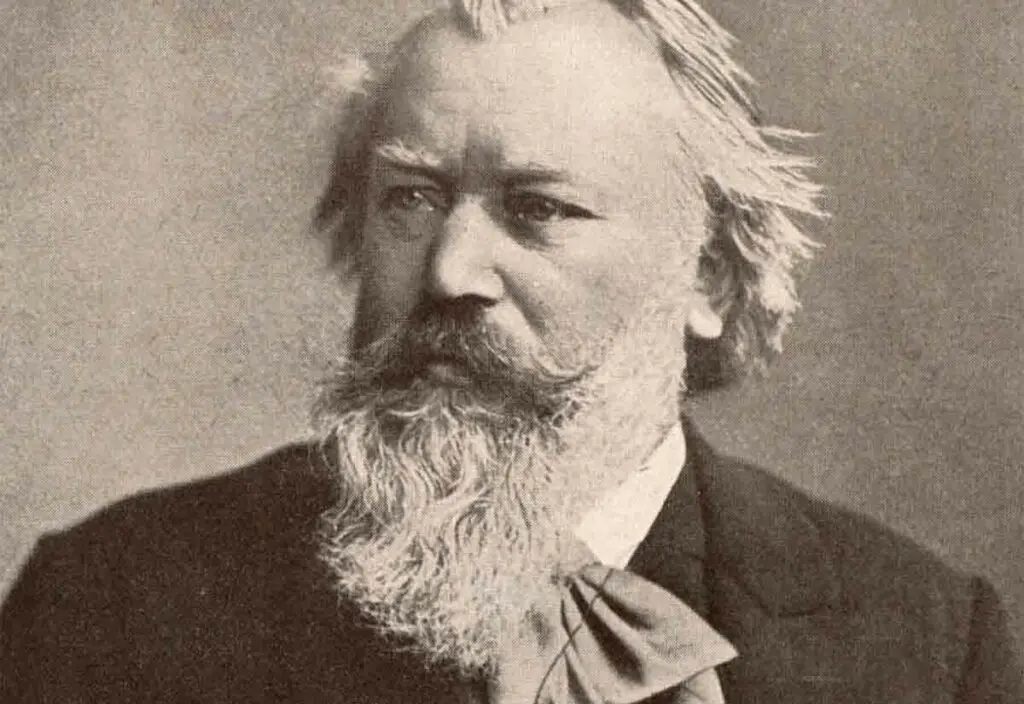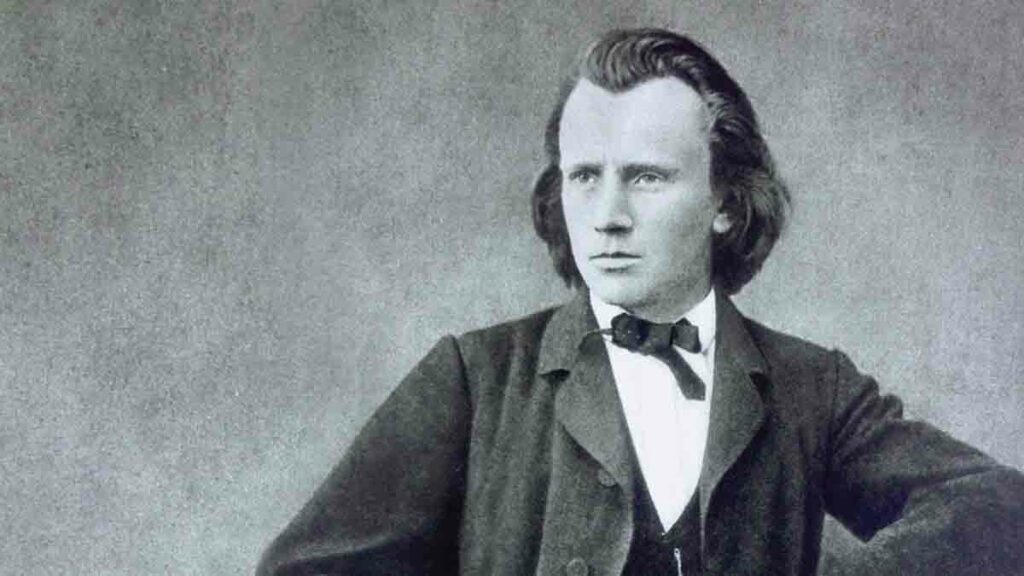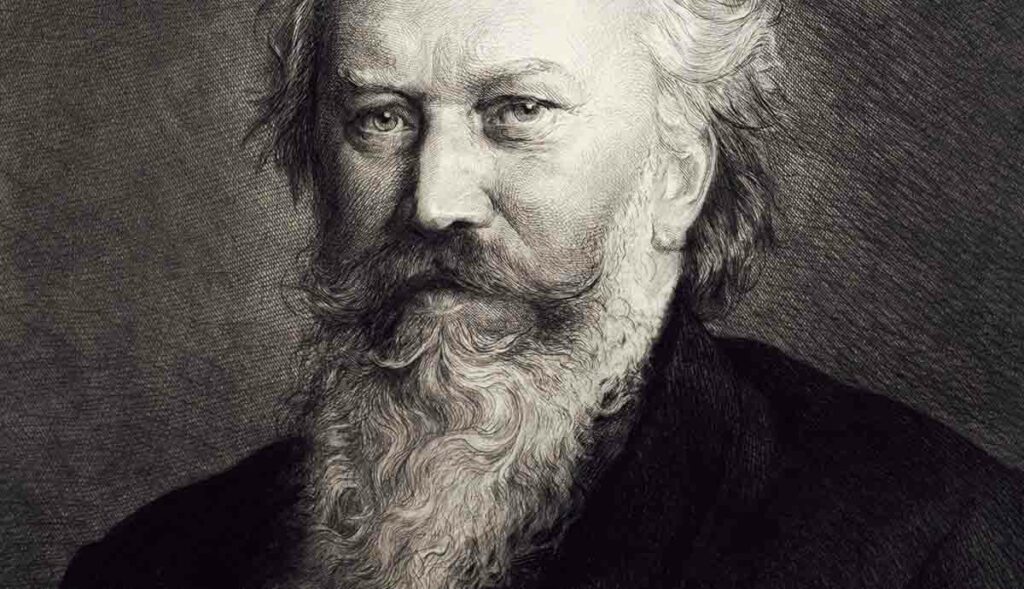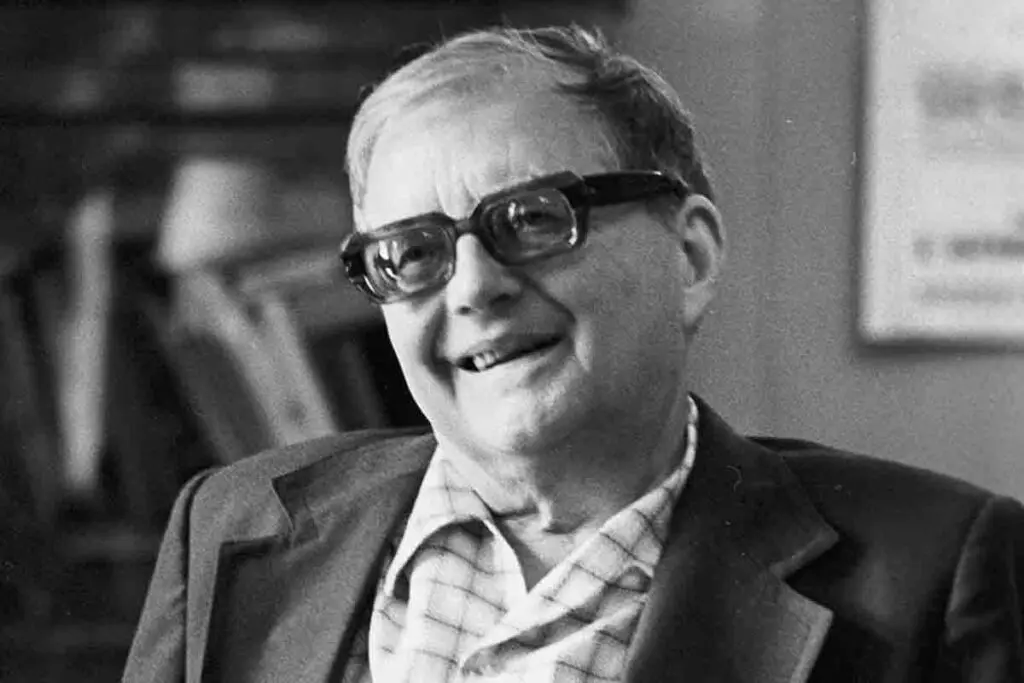Johannes Brahms is a brilliant composer, musician and conductor. It is interesting that critics and contemporaries considered the maestro an innovator and at the same time a traditionalist.
His compositions were similar in structure to the works of Bach and Beethoven. Some have said that Brahms' work is academic. But you can’t argue with one thing for sure - Johannes made a significant contribution to the development of musical art.

Childhood and youth
The maestro was born on May 7, 1833. The situation that prevailed in the house contributed to the fact that the boy from an early age began to be interested in music. The fact is that Johann Jacob (the father of Brahms) owned the game on wind and string musical instruments.
Brahms was the second child. Parents noticed that Brahms stood out from the rest of the children. He could hear the melody by ear, he had a good memory and an excellent voice. The father did not wait for his son to grow up. From the age of 5, Johannes learned to play the violin and cello.
Soon the guy was given under the wing of a more experienced teacher Otto Kossel. He taught Brahms the basics of composition. Otto was amazed at the abilities of his student. He memorized tunes after the first listening. At the age of 10, Brahms was already collecting halls. The boy performed with impromptu concerts. In 1885, the presentation of the first sonata took place, the author of which was Johannes.
The father tried to dissuade his son from specializing in composition, because he believed that this was an unprofitable occupation. But Otto managed to convince the head of the family, and Brahms was transferred to the class of maestro Eduard Marxsen.
Several years passed, and Brahms began to actively organize concerts. Soon the Cranz company received the rights to the compositions of Johannes and started releasing musical scores under the creative pseudonym GW Marks. It wasn't until a few years later that Brahms started using the original name. His original initials appeared on the covers of the Scherzo op. 4" and the song "Return to the Motherland".
The creative path of the composer Johannes Brahms
In 1853, Brahms met another famous composer, Robert Schumann. The maestro praised Johannes, even wrote a review about him, which got into the local newspaper. After the recall, many began to take an active interest in the work of Brahms. With increasing attention to the maestro, his early creations began to be criticized.
For some time, he was forced to abandon the demonstration of his own compositions. Johannes turned to active concert activity. The composer soon broke his silence with the publication of sonatas and songs by the Leipzig firm Breitkopf & Härtel.
The presentation of sonatas and songs was accompanied by a cold reception from the public. First of all, the cold reception was justified by the "failure" of the Brahms concerts in 1859. The maestro held on to the last of his strength. When, after a series of unsuccessful concerts, he went on stage to present new creations, the audience criticized his performance. And he was forced to leave the concert venue.
The hostile reception of the audience angered Brahms. He wanted to take revenge on critics and the public. The composer joined the composition of the so-called "new school", which was headed by Richard Wagner and Franz Liszt.
The aforementioned composers gave Johannes due support. Soon he took the post of leader and conductor at the singing academy. Some time later he moved to Baden-Baden. It was there that he began work on the famous composition, which included the "German Requiem". Brahms suddenly found himself at the top of his popularity.
Around the same period of time, he presented the collection "Hungarian Dances", as well as a brilliant collection of waltzes. On the wave of popularity, the composer completed work on previously begun, but not completed works. In addition, the composer released the score of the cantata "Rinaldo", Symphony No. 1, which included the composition "Lullaby".

Johannes Brahms as leader
During this period of time, Brahms led the soloists of the Vienna Musical Society. Thanks to his abilities, Johannes organized a concert, the purpose of which was the presentation of new immortal creations. At one of these events, "Variations on a Theme of Haydn", a number of vocal quartets and "Seven Songs for Mixed Choir" were performed. The composer became popular far beyond Europe. He has won many prestigious awards and prizes.
In the 1890s, Brahms was equated with a cult figure. Therefore, the decision that the maestro made after meeting Johann Strauss II came as a surprise to many. The fact is that Johannes completed his composing activities and positioned himself as a conductor and pianist. Soon he changed his decision and took up writing unfinished compositions.
Details of privacy
The personal life of the famous composer was unsuccessful. He had several memorable novels. But, alas, this relationship did not become serious. The maestro did not marry in his life, therefore he left no heirs behind him.
He had warm feelings for Clara Schumann. But the woman did not dare to admit this, since she was married. After Clara was widowed, Brahms never came to see her. He was a closed person who could not show his feelings.
In 1859 he proposed to Agathe von Siebold. The girl really liked the composer. The composer was captivated by her voice and aristocratic manners. But the wedding never took place. It was said that Clara held a grudge against Johannes because he married another. The woman spread ridiculous rumors about the maestro.
The gap brought Brahms great mental anguish. He went deep into his own problems. Johannes spent a lot of time playing musical instruments. Mental suffering inspired the maestro to write a number of lyrical compositions.

Interesting facts about the composer Johannes Brahms
- Brahms was brought up in a poor family. My parents didn't even have a home. Despite this, Johannes was a welcome child. He fondly remembered his childhood.
- He suffered from nearsightedness but refused to wear glasses.
- The composer wrote over 80 pieces of music.
- In his youth, Brahms was offered tours of America. But he refused, not wanting to interrupt further studies in the art of music in Germany.
- He managed to work in all musical genres, except for opera.
last years of life
In 1896, the composer was diagnosed with jaundice. Soon the disease gave a complication in the form of a tumor, which eventually spread throughout the body. Despite his general weakness, Brahms continued to perform on stage and conduct. In 1897, the last performance of the maestro took place. On April 3, 1897, he died of liver cancer. Johannes was buried at the Wiener Zentralfriedhof cemetery.



